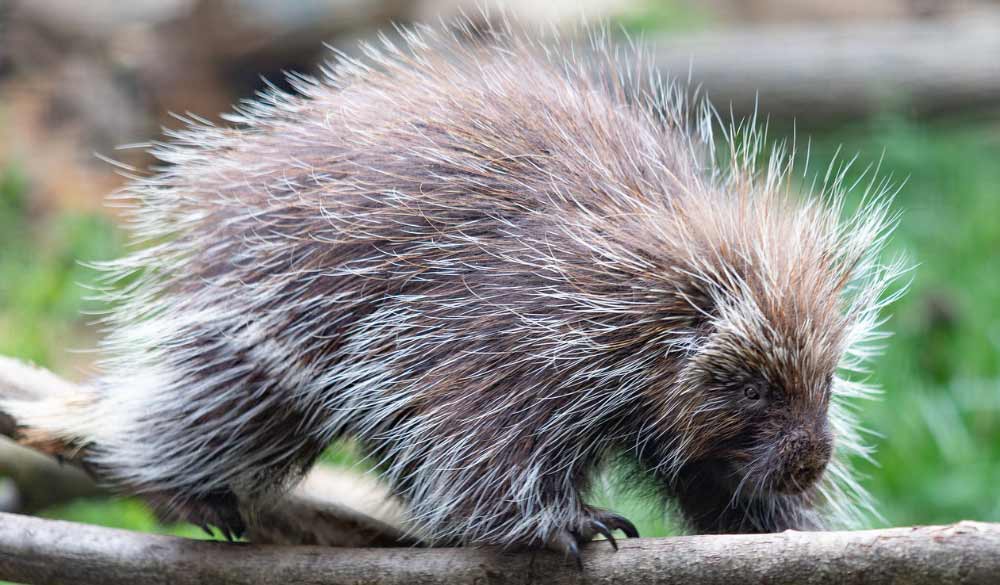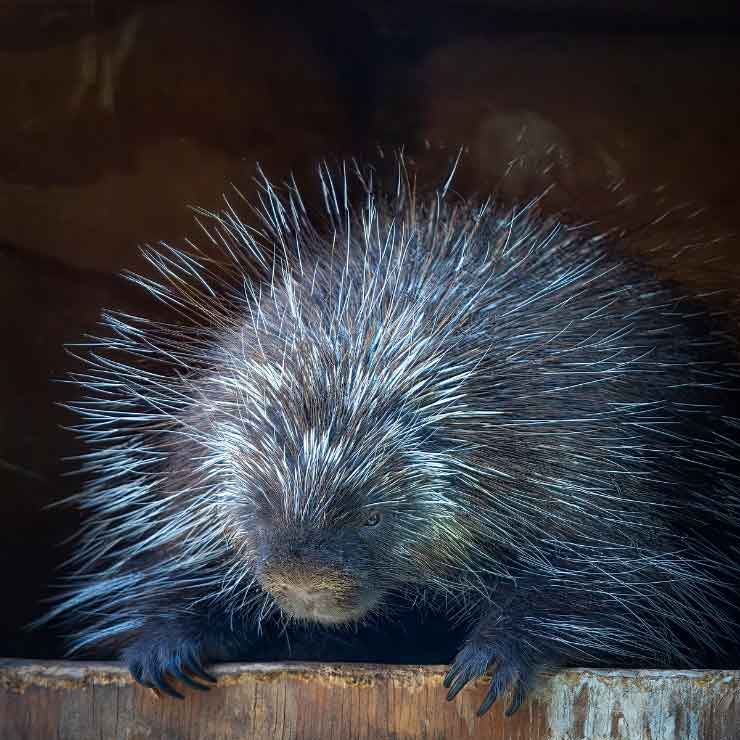Meet Our Animals
The Brandywine Zoo proves that great things do come in small packages. The Zoo features animals from the tropical and temperate areas of North and South America, Asia and Africa. Our animals range from more common species to the highly endangered. All enjoy natural settings and welcome your visit to the zoo. Some animals may be off exhibit during cold weather.
Erithizon dorsatum
North American Porcupine

Habitat
Geographic Region & Range
Diet
Physical Description
Black to brown fur with white highlighting, a small head and short legs, long claws, and needle-like quills covering the entire back, especially on the tail.
Lifespan
Natural Habitat: 6-18 years
Under Human Care: Up to 20+
Threats
Status

What are AZA Zoos doing for
North American Porcupine
Their zoo population is managed through conservation breeding programs called Species Survival Plan programs, which ensures genetic diversity and species health. As of 2018, 96 North American porcupines lived at 56 AZA facilities.
Fun Facts
Porcupine quills are made of keratin – the same material that makes up our hair and fingernails.
A single porcupine may have up to 30,000 quills or more!
Porcupine means “spiny pig” in Middle French.
North American porcupines have antibiotics in their skin. Those antibiotics prevent infection if a porcupine accidentally gets pricked with its own quills.
Despite what movies and cartoons show, porcupines cannot shoot their quills. Quills only come off when shedding (like hair) or when the tip is stuck into something, like a predator.
